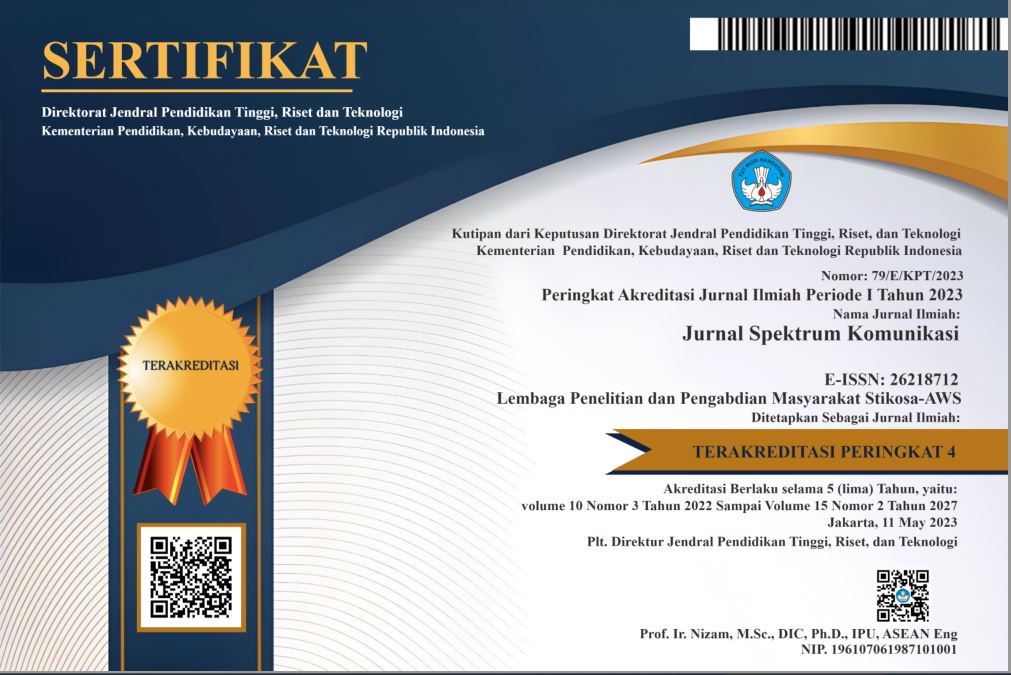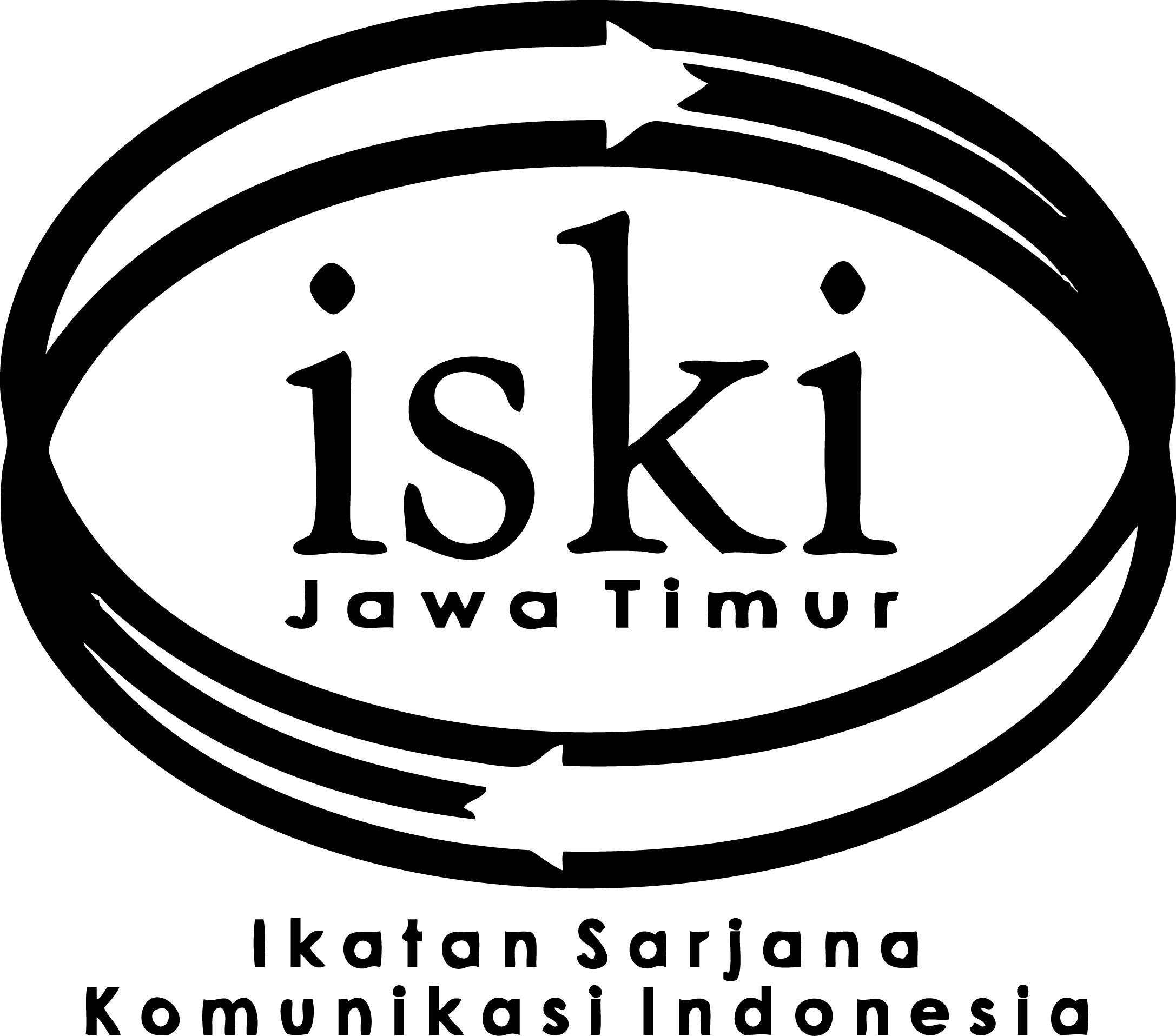Discourse of Women's Body Construction in Advertising and Promotion "Lovely Nia" and "Alitaren"
DOI:
https://doi.org/10.37826/spektrum.v10i4.367Keywords:
Construction, Women’s Body, Advertising, PromotionAbstract
The emergence of women who are often the subject of visualization of mass media advertisements is largely due to the perception of the low status of women in the institutions adopted by our society. Ads that standardize women's ideal bodies prove how men (especially in ad production) can create women to fit their "sexy or beautiful" fantasies. Advertising as a mass communication system, now tends to become a parameter and implementation that creates gender biases and preserving the construction of the female body. So that it’s considered not excessive regarding David Crystal's statement that advertising is the most colossal cultural product, when viewed from the perspective of ideology, morals and aesthetics. Using Norman Fairclough's critical discourse analysis, this study explores how 'Lovely Nia' discusses the construction of the female body in advertisements and social media promotions 'Lovely Nia' and 'Alitaren' how the concept of patriarchal ideology plays a role in this construction. The findings of this study are to make the concept of beauty an important asset that must be owned and cultivated by women and the discourse on the construction of the female body makes women still positioned as objects, especially when women have become wives. 'Lovely Nia' and 'Alitaren' still apply the malegaze concept in their advertisements and promotions both offline and online. Even though women place themselves as subjects who have full power over their body shape. The absence of men from advertising and social media promotions does not promise the release of women from patriarchal culture.
References
Benny, A. (2000). Wacana Tubuh Perempuan, Jurnal Perempuan, Vol.15.
Crystal, D. (1991). The Cambridge Encyclopedia. New York : Cambridge University Press.
Fairclough,N. (1995). Critical Discourse Analysis: the Critical Study of Language. New York: Longman Group Limited.
Fairclough,N. (2003). Analysing discourse : Textual Analysis For Social Research. London: Routledge.
Handayani, R. (2017), “ Male Gaze Dalam Fotografi Model: Objektifikasi Dan Komersialisasi Tubuh Perempuan ”, Jurnalisa, Vol. 3, No. 1, hal. 91-105
Hidajadi, M. (2000). Tubuh : Sejarah Perkembangan dan Berbagai Masalahnya” Wacana Tubuh Perempuan, Jurnal Perempuan, Vol.15
Moriarty, S.E., William.W., Nancy M. (2015). Advertising & IMC : Principles and Practice. New York: Pearson.
Putri Aisyiyah. (2019). Hijabers Community: an Effort to Create Feminine Space. Jurnal Spektrum Komunikasi, 7(2), 73-81. https://doi.org/10.37826/spektrum.v7i2.54
Sandy, A. K. (2014). Wacana Feminisme Dalam Cerita Pendek Karya Djenar Maesa Ayu. Jurnal Spektrum Komunikasi, 2(1), 45-51.
Suprihatin. (2019). Identitas Diri Perempuan di Facebook. Jurnal Spektrum Komunikasi, 7(1), 62-77. https://doi.org/10.37826/spektrum.v7i1.30
Walby, S, (1990), Theorizing Patriarchy. Oxford: Jhon Willey & Sons Limited
Williams, R. (2000). Advertising : The Magic System dalam Simon During (ed).. The Cultural Studies Reader. London & New York : Routledge.
Wolf, N. (2002). The Beauty Myth : How Images of Beauty Are Used Against Woman. New York : Perennial.
Yanti, V. S., & Bajari, A. (2020). Konstruksi Cantik Dalam Akun Instagram. Jurnal Ranah Komunikasi (JRK), 3(2), 55. https://doi.org/10.25077/rk.3.2.55-68.2019

























